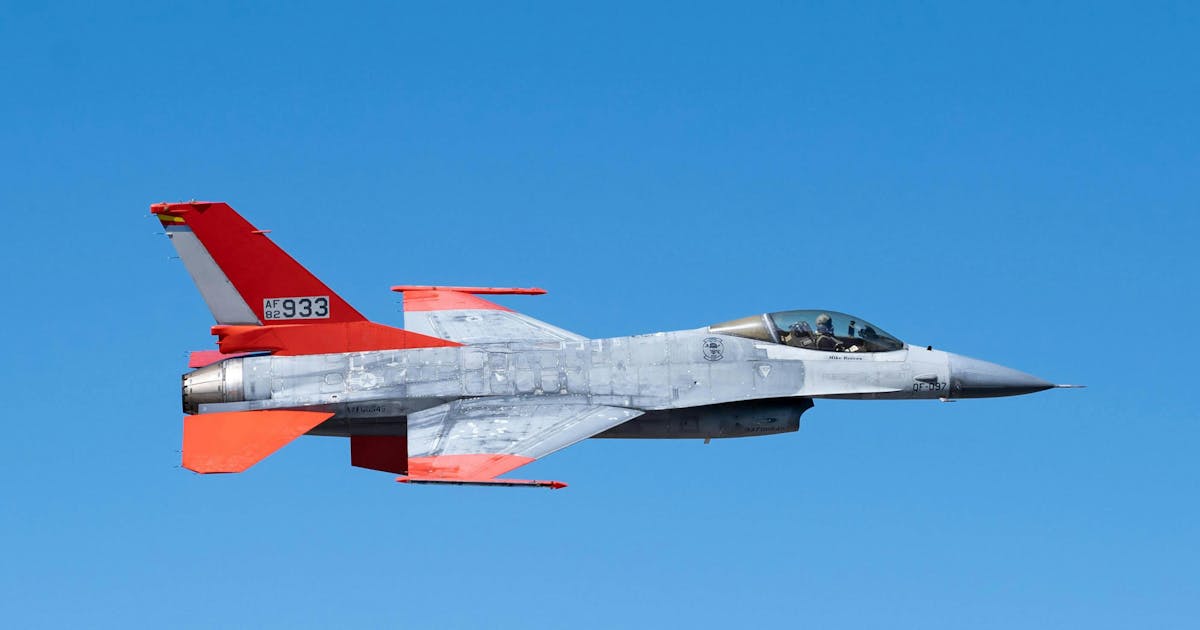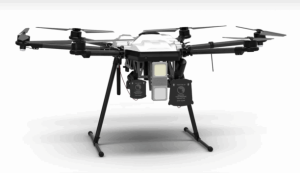Boeing’s QF-16: Turning F-16 Fighters into Uncrewed Target Drones for Cutting-Edge US Air Force Training
In a blend of high tech, cost-effectiveness, and nostalgia, the US Air Force has tasked Boeing with converting retired F-16 jets into advanced uncrewed target drones, designated as QF-16 Full Scale Aerial Targets (FSATs). These drones, once the pride of American air power, now have a new mission: serving as sophisticated adversaries in weapons and pilot training exercises.
Why Transform F-16s into Drones?
Safety Combined with Realism
- To rigorously test new missiles and radar systems, the Air Force requires realistic targets that match near-peer adversaries in performance and agility.
- Converting F-16s avoids pilot risk in hazardous environments, pushing human and tech boundaries further.
Innovation with Legacy
- F-16s, known for agility, are re-imagined as drones, extending their use while preserving their legacy.
How QF-16s are Transformed
Aircraft Selection and Conversion
- Retired F-16 Block 25 and Block 30 jets, once seen as obsolete, are equipped with systems for remote piloting and ground control.
- Boeing adds remote controls, real-time data links, and advanced avionics for complex maneuvers.
Adaptability of QF-16s
- Notably, QF-16s can fly uncrewed or with a pilot when necessary, ensuring operational safety and flexibility.
Advanced Training and Realistic Threats
The Need for “Full-Scale” Targets
- QF-16s mimic modern jets in size and performance, aiding in training against real-world aerial threats.
- They can perform high-G maneuvers, reach 40,000 feet, and fly supersonically, all under remote control.
Weapons Testing Journey
- Modern missiles and electronic warfare systems are tested against QF-16s in live-fire exercises, verifying effectiveness in realistic conditions.
From F-104 to QF-16: A Historical Overview
The QF-16 program is the latest evolution in converting retired fighters into drones, utilizing advances in avionics and safety.
Real-Life Stories Inside the QF-16 Mission
Lt. Col. Ryan Inman describes the QF-16 as “a replication of current, real world situations and aircraft platforms they can shoot as a target.”
Test pilot Jason Clements shares an emotional perspective: “I love the F-16… and now to get something ready for someone else to shoot it down, makes it bittersweet.”
Essential Facts and Figures
| Item | Details |
|---|---|
| F-16 Models Used | Block 25 & 30 |
| Designation | QF-16 Full Scale Aerial Target |
| Production Start | Early 2010s |
| Contract Value | $318 million+ (2025) |
| Planned Quantity (2022) | Approx. 210 |
| Capabilities | Manned/unmanned, supersonic, 9G+ |
| Bases | Tyndall, Holloman (USA) |
| Key Operators | USAF Life Cycle Management Center, Boeing Defense |
Inside the QF-16: Features and Capabilities
Matching Real Adversaries
- QF-16 drones can perform advanced aerial maneuvers and take off autonomously, managed by seasoned ground pilots.
Advanced Safety and Control
- In malfunctions, QF-16s can be safely destroyed; ground systems enable precise control and monitoring.
Contracts, Investments, and Timelines
Boeing’s contract has grown, reaching over $318 million by mid-2025, with ongoing conversion until at least the end of 2026. The Air Force plans to use QF-16s until at least 2035.
Wider Implications for Aerial Combat’s Future
Today’s Training Leading to Tomorrow’s Combat
- QF-16s represent a shift from old manned aircraft to sophisticated drones, laying the groundwork for fully autonomous platforms.
Manned Fighters Not Obsolete Yet
- While drones increase their role, manned fighters remain essential for complex missions.
The Human Aspect of QF-16s
The program evokes pride and emotion from those involved, reviving retired jets into functional drones.
FAQs: Drone Enthusiast Questions
Can QF-16s engage in combat? No, they serve as targets for newer missiles and systems.
Can it be piloted like a regular F-16? Yes, although primarily designed for remote missions, it can be flown with a human pilot if necessary.
Why not just build new drones? Converting existing F-16s is more cost-effective and realistic.
In Pop Culture and Beyond
QF-16s inspire memes and documentaries, epitomized by the term “zombie Viper,” reflecting their remarkable transformation.
Conclusion: Old Warriors, New Mission
The QF-16 program highlights American ingenuity, using legacy fighters for new purposes, advancing pilot training and weapons development well into the 2030s.













